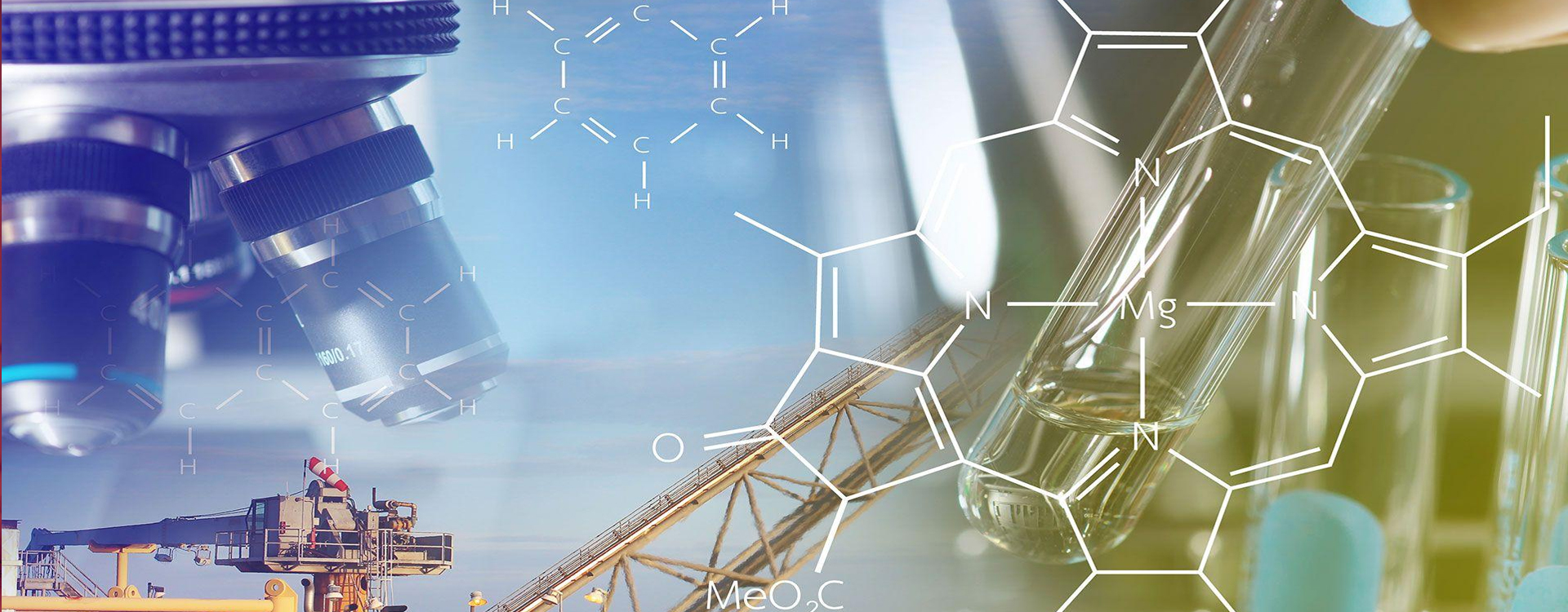Seminar Details
Seminar Title:
Effect of Superhydrophilic Confinement on Solid-Liquid Coexistence of Water using Free Energy Analysis with mW Model
Seminar Type:
Departmental Seminar
Department:
Chemical Engineering
Speaker Name:
Mr. Vikas Kumar Sinha
Speaker Type:
Student
Venue:
New Seminar Room, Chemical Engineering Department
Date and Time:
03 Oct 2024 10:00 A.M.
Contact:
Dr. Chandan Kumar Das
Abstract:
Here, we investigate the effect of slit confinement on solid-liquid coexistence of water within strongly-hydrophilic slit pore size (H) varying from 8.5 Å to 70 Å, using Gibbs free energy analysis with monatomic water (mW) model. Understanding the mechanism of water phase transformation is one of the greater interest among the researchers as water is the most abundant substance in all living organisms which plays an essential role in the survival of life, further calculations of thermodynamic free energies for phase transitioning systems are extremely important in studying a wide variety of chemical and biochemical phenomena including molecular solvation, macromolecular stability, protein folding, advancing drug discovery. We perform MD simulations (LAMMPS) in order to determine the solid-liquid coexistence or thermodynamic melting point by employing thermodynamic integration along with MHR (multiple-histogram reweighting) methods. Gibbs free energy difference is computed using reversible and integrable pseudo-supercritical transformation path connecting the two phases. Each of the confined water systems is simulated for the three water-wall interaction strengths: εwf = 1.0, εwf = 1.25 and εwf = 1.75910. With increase in pore size (or decrease in wall-fluid interaction strength), ΔG decreases (becomes more negative), signifies that melting process would be more spontaneous with increasing pore size (or decrease in wall-fluid interaction strength). Melting temperature Tm is found to be increasing with increasing pore size and depressed with increase in wall-fluid interaction strength. However, for all the pore sizes with all the three interaction strengths, the melting temperature is found to be lower compared to the recently reported melting point of bulk water. The study enthralls in attaining deeper insight into the mechanism of solid-liquid phase transition of water.


